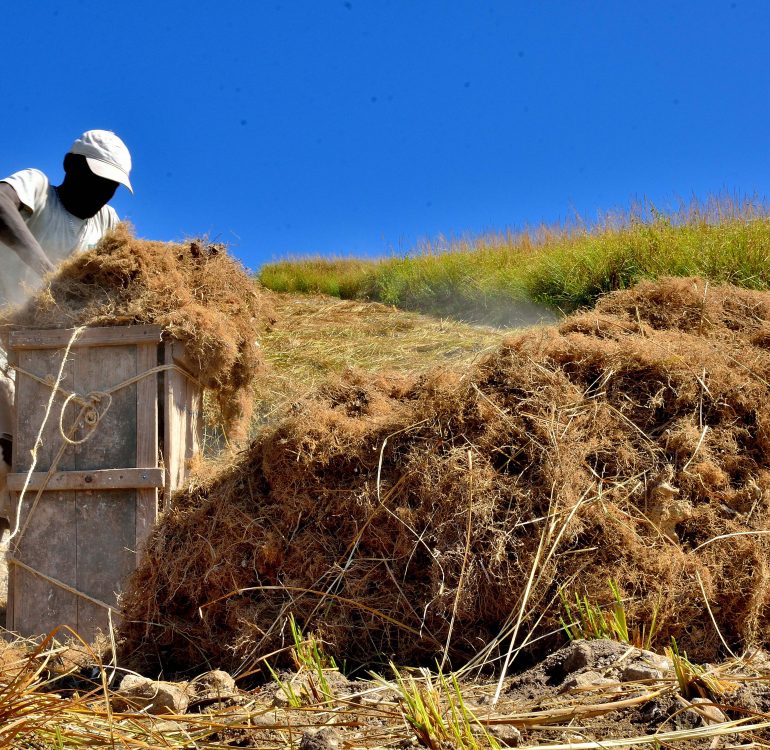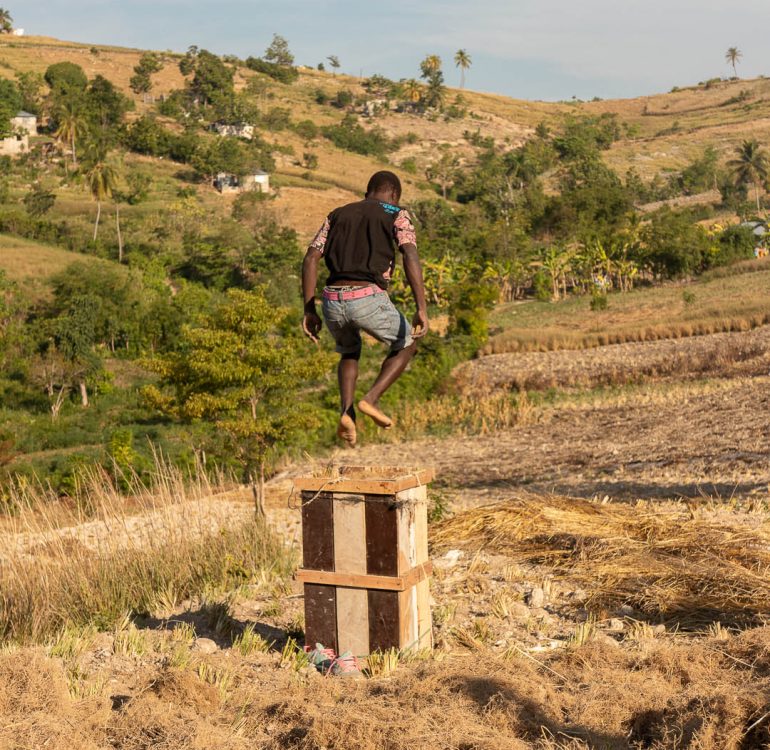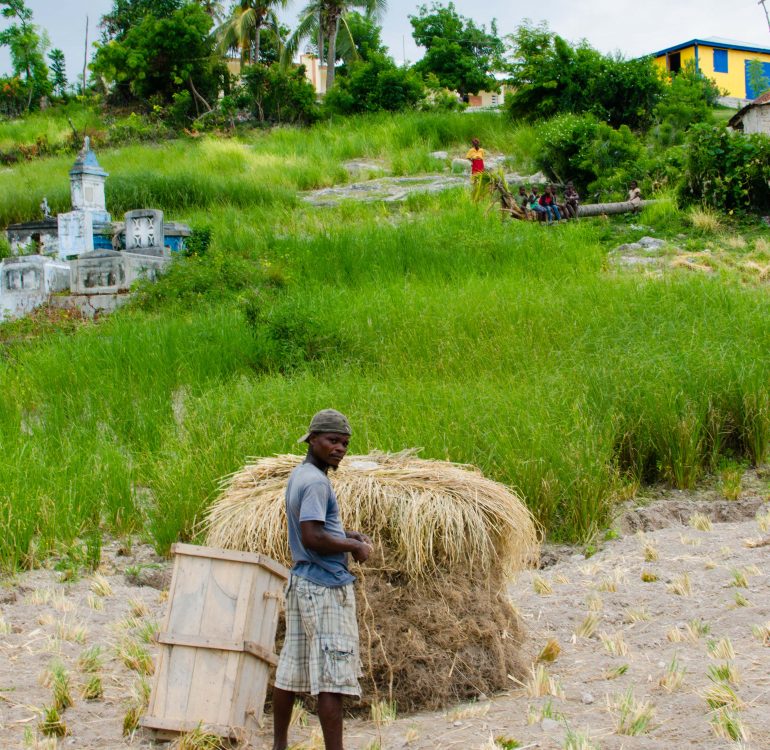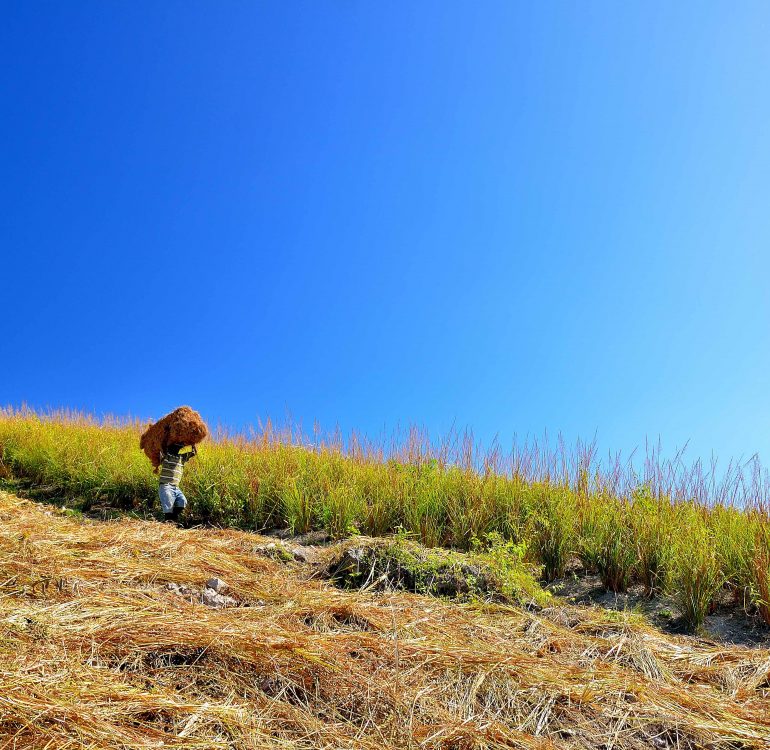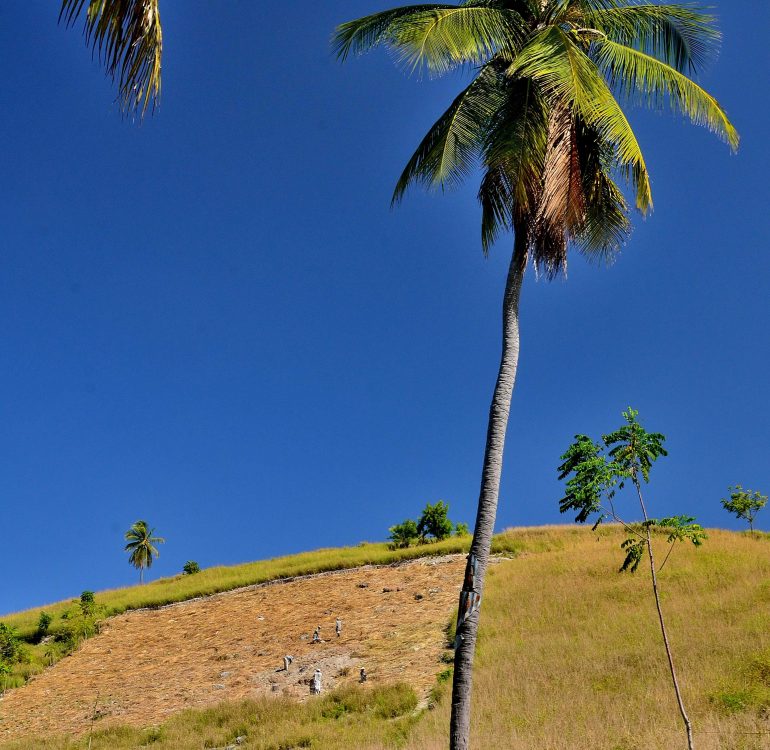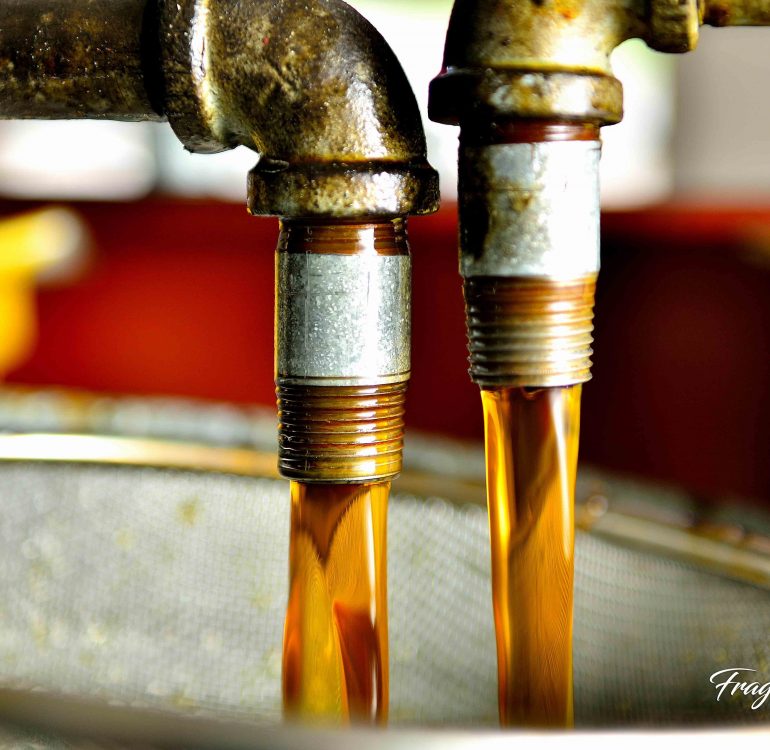TO LEARN MORE ABOUT VETIVER
Vetiver (Chrysopogon zizanioides) is a perennial grass of the Poaceae family, native to India. Though it originates in India, vetiver is widely cultivated in the tropical regions of the world. The world’s major producers include Haiti, India, Java, and Réunion.
Vetiver can grow up to 1.5 meters high and form clumps as wide. The stems are tall and the leaves are long, thin, and rather rigid. Unlike most grasses, vetiver does not form a horizontal mat of roots; rather, the roots grow almost exclusively downward, 2–4 meters deep. Because vetiver propagates itself by small offsets instead of underground stolons, it is noninvasive and can easily be controlled by cultivation of the soil at the boundary of the hedge. Harvest of mature plants is performed manually or mechanically.
Almost all vetiver grown worldwide is destined for perfumery industry. In perfumery, the older French spelling, vetyver, is often used.
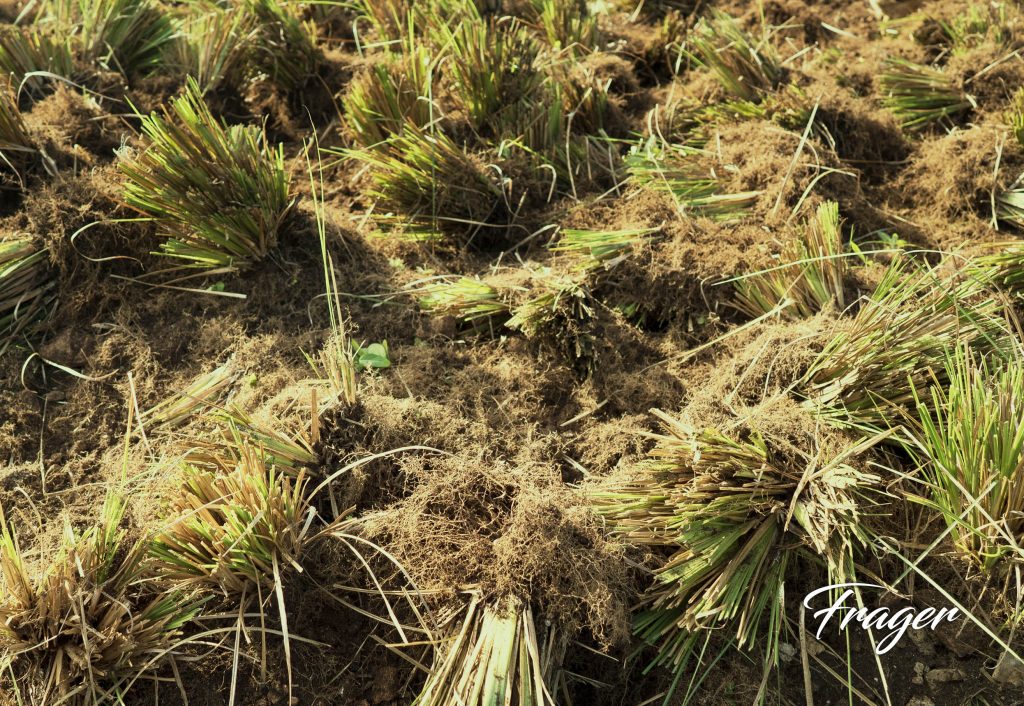
USES
Vetiver grass is grown for many different purposes:
VETIVER OIL – PERFUMERY AND AROMATHERAPY
Vetiver is mainly cultivated for the fragrant essential oil distilled from its roots. Worldwide production is estimated at about 250 tons per year. Due to its excellent fixative properties, vetiver is used widely in perfumes. It is contained in 90% of all western perfumes. In aromatherapy, the main characteristic of the essential oil of vetiver is its immune-stimulatory properties that strengthen the body’s defenses. It is also used in massage and can also relieve nervous tension as it brings relaxation and comfort. It is indicated for stress and insomnia too.
VETIVER – THE OIL
Vetiver processing was introduced to Haiti in the 1940s by Frenchman Lucien Ganot.
The oil is extracted from the vetiver roots by steam distillation. The best quality oil is obtained from roots that are 18 to 24 months old. The roots are dug up and cleaned then dried. The distillation process can take up to 18 to 28 hours. After, the distillate separates into the essential oil and hydrosol. The oil is skimmed off and allowed to age for a few months to allow some undesirable notes which form during the distillation to dissipate.
Haiti is the leading producers of vetiver essential oil in the world. Java and Réunion are also major producers of vetiver oil, along with China, India, Brazil. Europe, USA, India, and Japan are the main consumers.
The vetiver oil is amber brown and rather thick. The odor is described as deep, sweet, woody, smoky, earthy, amber, balsam. The characteristics of the oil can vary significantly depending on where the grass is grown and on the climate and soil conditions. The oil distilled in Haiti and Réunion has a more floral quality to it and is considered of higher quality than the oil from Java which has a smokier scent.
SOIL AND WATER CONSERVATION
The root system of vetiver is finely structured and very strong. Because of all its morphologic characteristics, the vetiver plant is highly drought tolerant and helps to stabilize soil and protects it against erosion. The close-growing clumps also help to block the runoff of surface water. It slows down flow velocity of water and thus increases the infiltration and reduces evaporation, thus protects soil moisture under hot and dry conditions. The plant can also protect fields against pests and weeds.
OTHER USES
Due to its fibrous properties, Vetiver is used for making roof thatch, mud brick for housing construction, handicraft, strings and ropes and else.
CONTACT US
FRAGER ESSENTIAL OIL S.A.
35, Impasse Cassagnol, Montagne Noire
Pétion-Ville, HT-6140, HAITI
2023 © frager-vetifer.com | All Rights Reserved.





